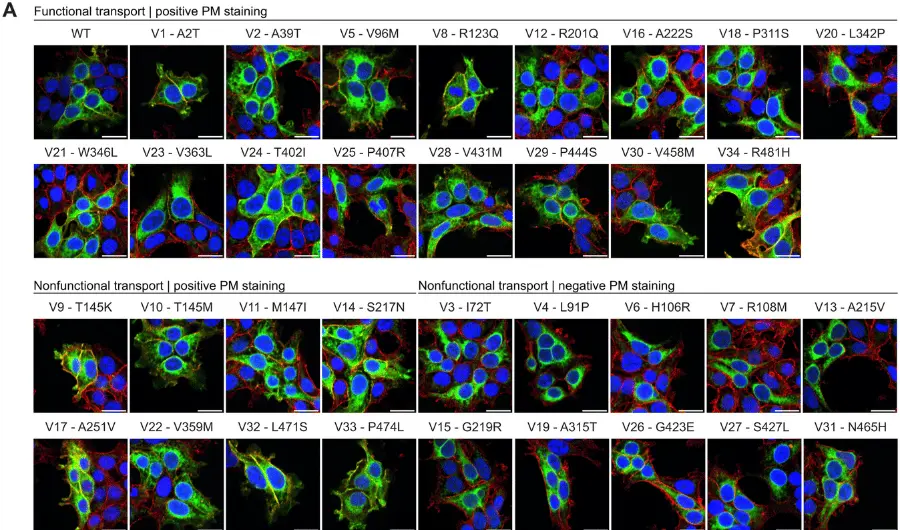Cognition, Adaptive Skills and Epilepsy Disability/Severity in Patients with Lennox–Gastaut Syndrome Undergoing Deep Brain Stimulation for Epilepsy in the ESTEL Trial
August 15, 2022
Abstract found on ScienceDirect
Purpose: We previously reported seizure and EEG outcomes of the ESTEL study (Electrical Stimulation of Thalamus for Epilepsy of Lennox–Gastaut phenotype). To assess potential cognitive and behavioral changes during chronic, duty-cycle stimulation of bilateral thalamic centromedian nucleus, we compared standardized cognitive and behavioral measurements, as well as caregiver assessments of disability/severity, before implantation and after 3-months stimulation.
Methods: Twenty patients with LGS (17–37 years;13 females) were studied; one participant was not randomized due to DBS device removal, with outcomes of 19 remaining participants reported here. Cognitive and behavioral measurements were performed at baseline (i.e., before DBS implantation), at the end of the blinded stimulation phase, and at study exit. Instruments measured cognition (NIH toolbox cognitive battery, NIHTB-CB), adaptive skills (ABAS-3), epilepsy severity (GASE) and disability (GAD), quality of life (QOLIE-31), and depression (PHQ-9). Changes in scores after 3-months of stimulation relative to baseline were explored using Wilcoxon matched-pairs signed rank tests.
Results: After 3-months of stimulation, caregiver-reported epilepsy severity (GASE) and disability (GAD) improved (p<0.05). No other instrument showed a significant change from baseline. Measurements that required direct participant involvement, rather than caregivers, was completed by only a subset of higher-functioning individuals (NIHTB-CB, n = 13; QOLIE-31, n = 3; and PHQ-9, n = 6). In addition to cognitive impairments, behavioral and physical limitations were common obstacles to instrument completion. Standardized scores were hindered by ‘floor effects’; however, raw scores better reflected clinical impressions of participants’ functioning and were more sensitive to caregiver-reported changes following treatment.
Conclusion: Deep brain stimulation treatment is associated with reduced epilepsy severity and disability in young adults with LGS. Performing cognitive and behavioral outcome measurement in patients with cognitive impairment is challenging but possible and requires careful selection of instruments and modifications of score interpretation to avoid floor effects.







